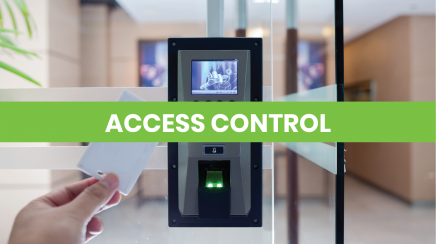
Fingerprint attendance systems are innovative solutions designed to streamline attendance tracking in various settings, such as workplaces and educational institutions. These systems utilize biometric technology to accurately identify individuals based on their unique fingerprint patterns. Understanding how a fingerprint attendance system works can shed light on its benefits and efficiency. Here’s a breakdown of the key components and processes involved in this technology.
Fingerprint capture:
The first step in a fingerprint attendance system involves capturing an individual’s fingerprint. This is done using a fingerprint scanner, which can be optical, capacitive, or ultrasonic. When a user places their finger on the scanner, the device captures the unique patterns and ridges present in the fingerprint. The quality of the scanner is important, as high-resolution devices provide more accurate readings and reduce the likelihood of misidentification.
Fingerprint processing:
Once the fingerprint is captured, the system processes the data to create a digital representation. This involves extracting specific features from the fingerprint, such as minutiae points (ridge endings and bifurcations) and patterns. The resulting digital template is a mathematical representation of the fingerprint, which is stored in the system’s database. Importantly, the original image of the fingerprint is not stored, ensuring privacy and security.
User registration:
To use the system, individuals must first register their fingerprints. During this process, users typically provide multiple fingerprints to improve recognition accuracy. The system stores these templates in a secure database linked to each user’s profile. This registration phase is key, as it establishes the baseline for future attendance tracking.
Attendance tracking:
When users arrive at their workplace or educational institution, they place their finger on the scanner to clock in. The system compares the scanned fingerprint with the stored templates in the database. If a match is found, the system records the individual’s attendance, noting the time and date. This process is typically completed within seconds, allowing for efficient and smooth attendance tracking.
Data management and reporting:
The data collected by the fingerprint attendance system is then managed through software that provides various functionalities. Administrators can access reports on attendance records, monitor patterns, and generate insights to improve operational efficiency. The software may also integrate with existing human resource or student management systems for streamlined processes.